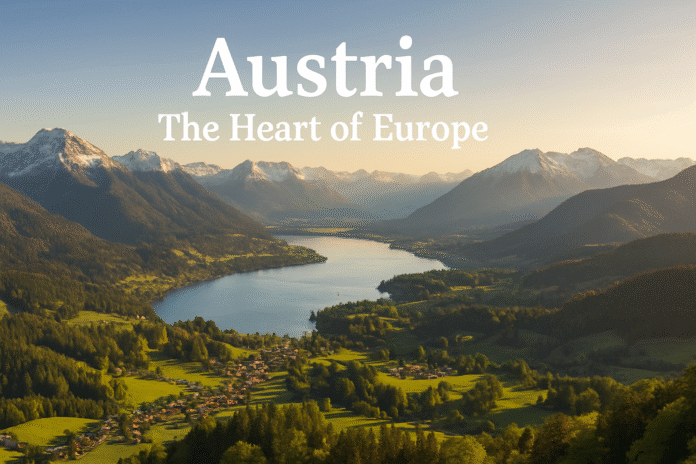Introduction
Located in the centre of Europe, Austria is a nation that perfectly combines grand landscapes, a rich history of classical music, imperial architecture, and contemporary energy. Austria offers visitors a diverse range of history, art, culture, and scenic beauty, from the snow-capped Alps and immaculate lakes to elaborate palaces and busy city squares. Austria is a shining example of European sophistication, with a history connected to the Habsburg Empire and notable figures like Mozart, Freud, and Klimt. This guide will cover everything you need to know about Austria, whether you’re planning a cultural tour, going skiing, or just wanting to learn more about this alpine country.
Geographical Location of Austria
Where Is Austria?
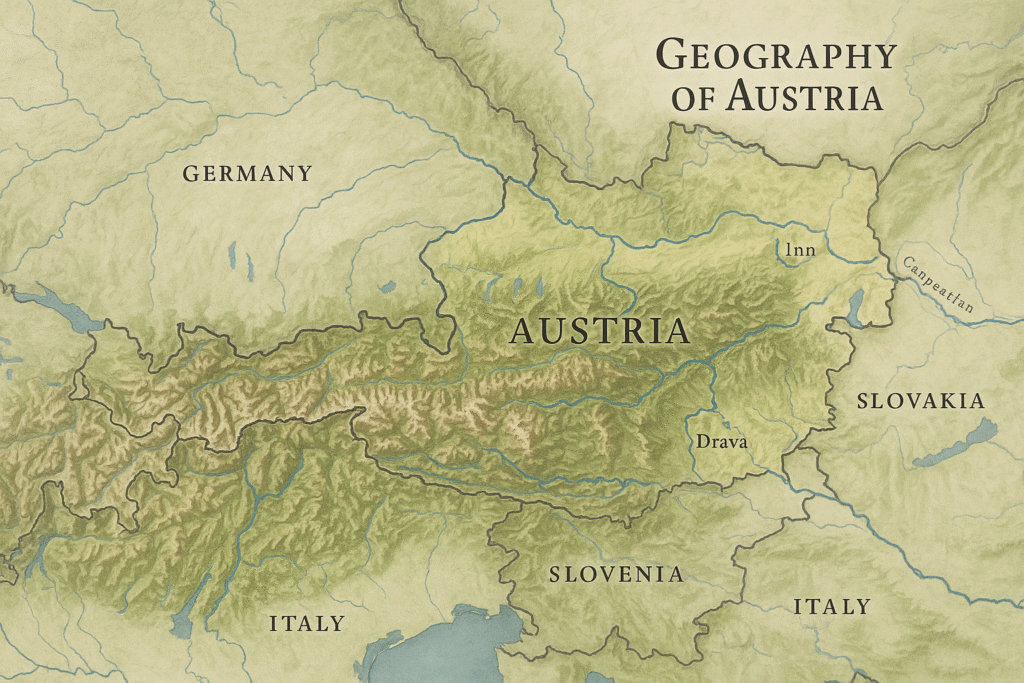
- Europe is the continent.
- Central Europe is the region.
- Latitude/longitude: 9° to 17° E and 46° to 49° N
Neighboring Countries:
Austria is a landlocked country bordered by:
- Northwest Germany
- Northward, the Czech Republic
- Northeastern Slovakia
- Eastern Hungary
- Slovenia in the south
- Southwest Italy
- Liechtenstein and Switzerland to the west
Key Geographic Features:
- The Alps: Covering more than 60% of Austria, these mountains are perfect for mountaineering, snowboarding, and skiing.
- The second-longest river in Europe, the Danube, passes through important cities like Vienna and Linz.
- Lakes: Gorgeous freshwater lakes like Lake Wolfgang, which is a popular tourist destination, Lake Neusiedl (Steppe Lake), and Lake Constance (shared with Germany and Switzerland)
- Forests: Austria is an ecotourism destination because nearly half of the country is covered in forests.
A Glimpse into Austrian History
Prehistoric & Roman Times
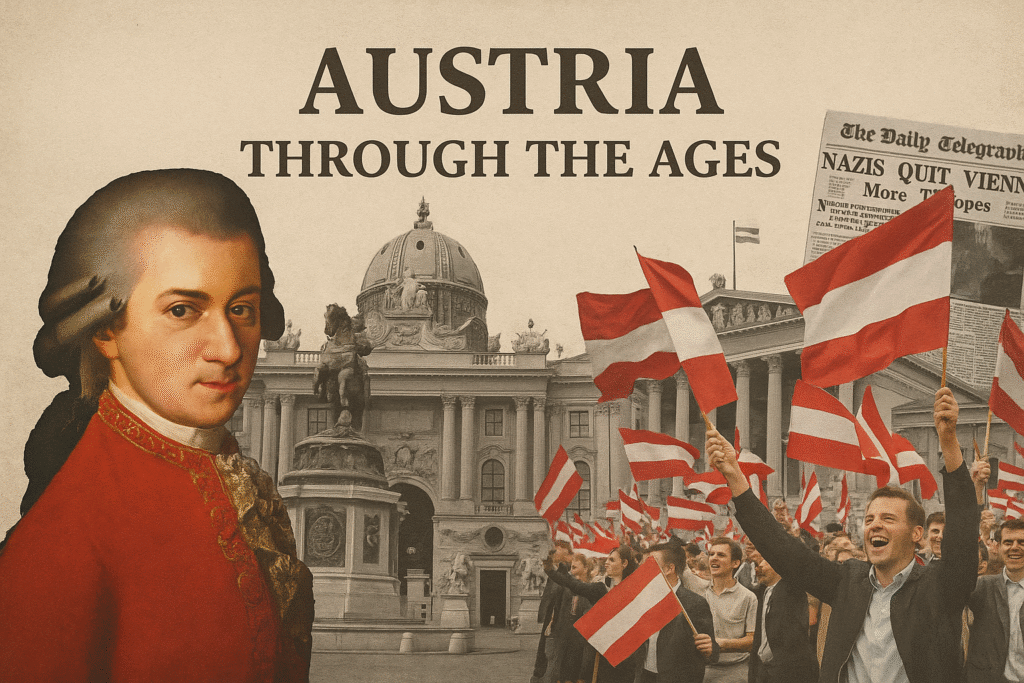
- People have lived in Austria since the Palaeolithic era.
- It was a part of Noricum, a significant Roman province renowned for its ironwork and trade.
Medieval Austria & the Babenbergs
- From the tenth to the thirteenth centuries, the Babenberg dynasty ruled.
- Enhanced Christianity and centralised governance
- Vienna started to become a centre of culture.
The Habsburg Dynasty
- The late 13th century saw the rise of the Habsburg family to power.
- used the Austro-Hungarian Empire to exert political dominance in Europe.
- Vienna developed into a thriving hub for philosophy, music, art, and diplomacy.
20th Century Transitions
- 1918: The First Republic of Austria was established following the fall of the Austro-Hungarian Empire following World War I.
- 1938: Nazi Germany annexed (Anschluss)
- 1945: Following World War II, independence was restored
- 1955: Permanent neutrality was declared and a state treaty was signed.
- 1995: Acquired membership in the European Union
Culture and Society
Language
- German (Austrian German variant) is the official language.
- Hungarian, Slovene, and Croatian are minority languages, particularly in border areas.
Religion
- Roman Catholics make up the majority (about 58%).
- Communities of Protestants, Muslims, Jews, and nonreligious people live together.
National Symbols
- One of the oldest flags in the world, with horizontal red-white-red stripes
- Coat of Arms: Broken chains (a symbol of freedom), a sickle (a symbol of farmers), and an eagle with a hammer (a symbol of workers)
- “Land der Berge, Land am Strome” is the anthem.
Arts & Music
- Classical music greats Mozart, Beethoven (who resided in Vienna), Haydn, Schubert, and Strauss were all born in Austria.
- Vienna State Opera: An international centre of excellence
- strong cinematic, balletic, and theatrical traditions
Cuisine
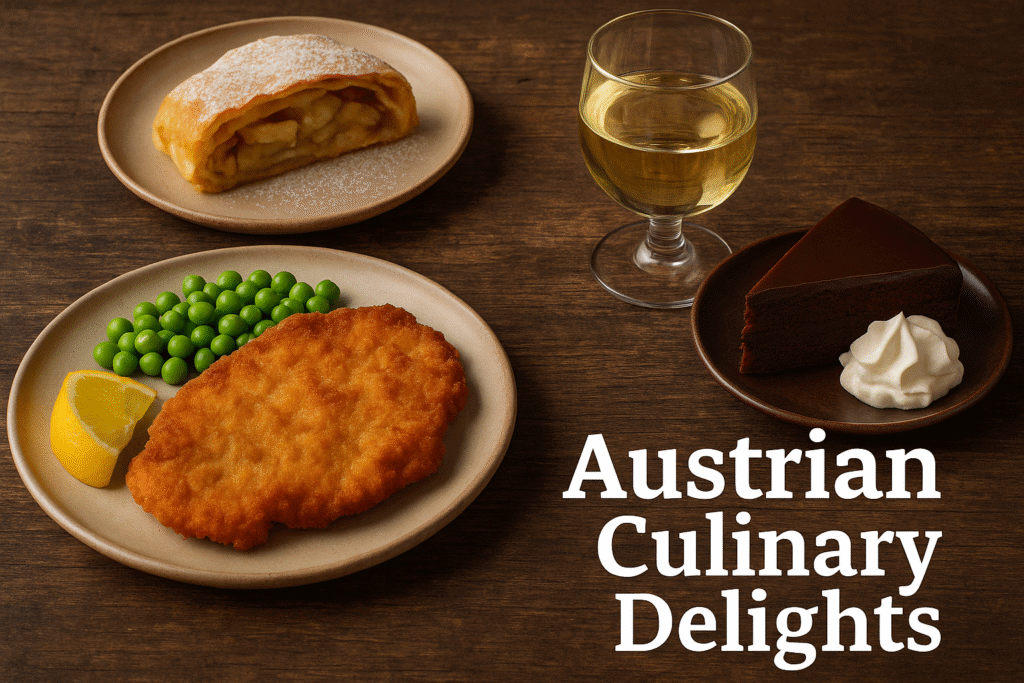
- Wiener Schnitzel: Veal cutlet that has been breaded and fried
- Tafelspitz: Vegetables and boiled beef
- Sachertorte: Vienna’s famous chocolate cake
- Apfelstrudel: a pastry filled with apples
- UNESCO has designated Austrian coffee shops as cultural heritage.
- Wine Regions: Wachau and Burgenland in particular
Sports & Leisure
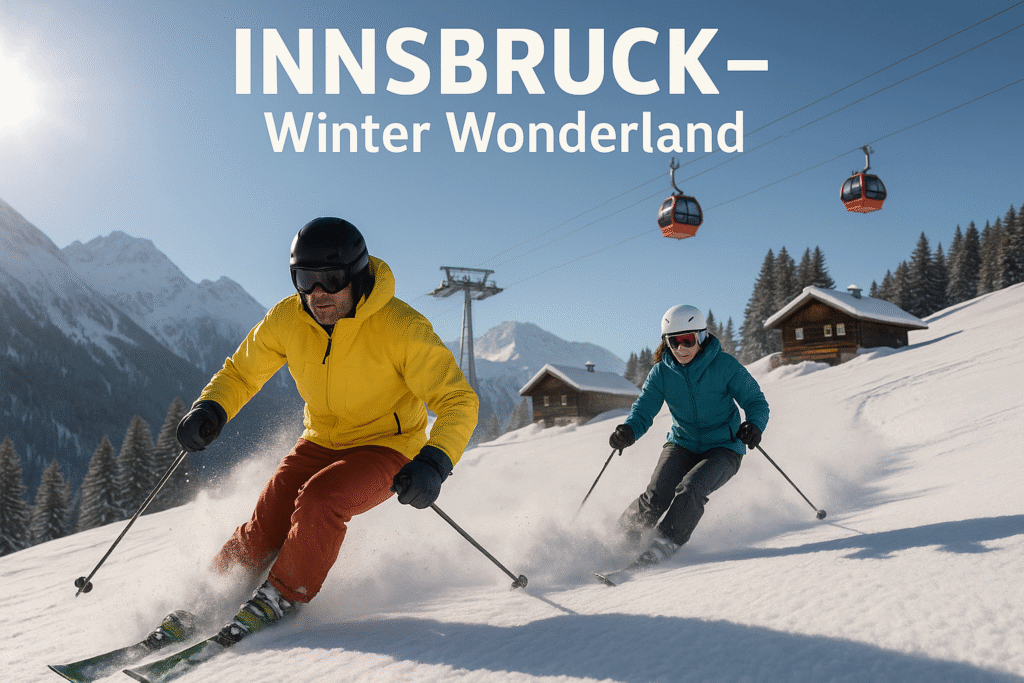
- Skiing and snowboarding: Innsbruck, Zell am See, and Kitzbühel are important alpine locations.
- Football: A national favourite
- In the warmer months, cycling, hiking, and climbing are popular pastimes.
Austria’s Economy
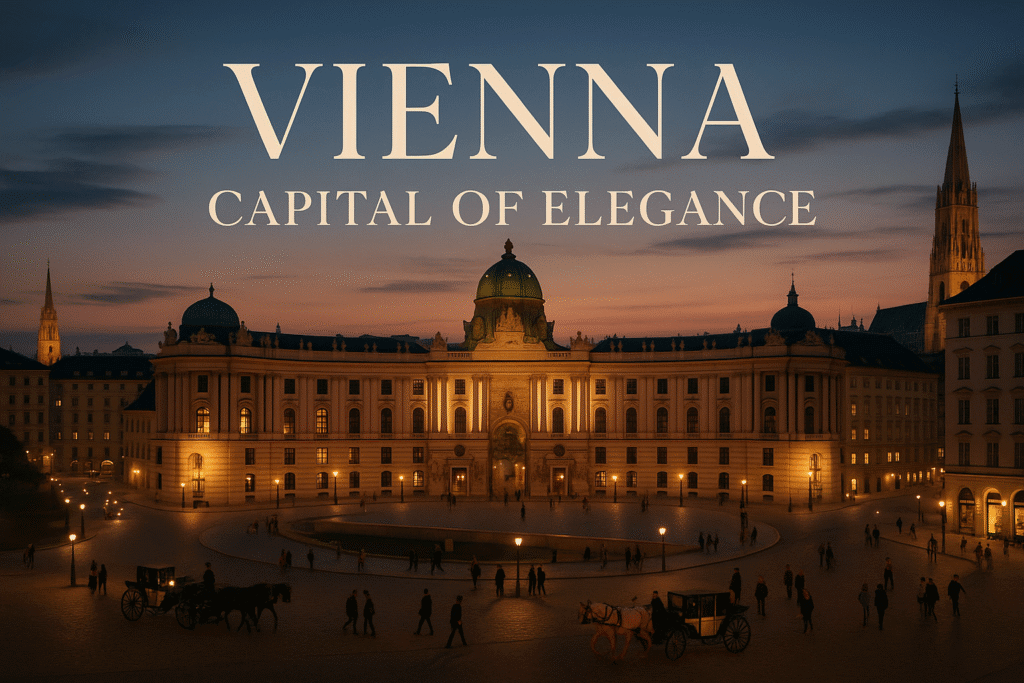
Overview
- One of Europe’s most prosperous and stable economies
- The euro (EUR) is the currency.
- Estimated GDP for 2024: about $550 billion USD
- export-focused with robust infrastructure and public services
Major Industries
- Manufacturing: steel, chemicals, automobiles, and machinery
- Tourism: More than 30 million tourists each year
- Agriculture: Cereals, wine, dairy, and organic farming
- Energy: Hydroelectricity and other renewable energy sources are prioritised.
- Vienna is a significant financial hub for banking and finance.
Top Trading Partners
- Germany, Italy, Switzerland, Czech Republic, United States, and China
Major Cities in Austria
Vienna
- Economic, cultural, and political capital
- renowned for its UN headquarters, museums, imperial architecture, and Vienna Philharmonic Orchestra
- vibrant fusion of contemporary innovation and historic charm
Salzburg
- Mozart’s birthplace and the setting for “The Sound of Music”
- Alpine landscapes, baroque architecture, and UNESCO World Heritage designation
Innsbruck
- Known for winter sports and encircled by the Alps
- held the Winter Olympics in 1964 and 1976.
Graz
- Renaissance and contemporary architectural styles combined
- proclaimed the 2003 European Capital of Culture
- The second-largest university in Austria is located there.
Linz
- A city rich in art and industry
- includes the Lentos Art Museum and the Ars Electronica Centre.
Klagenfurt
- Carinthia’s capital, close to Lake Wörthersee
- Water sports and summer vacations are popular.
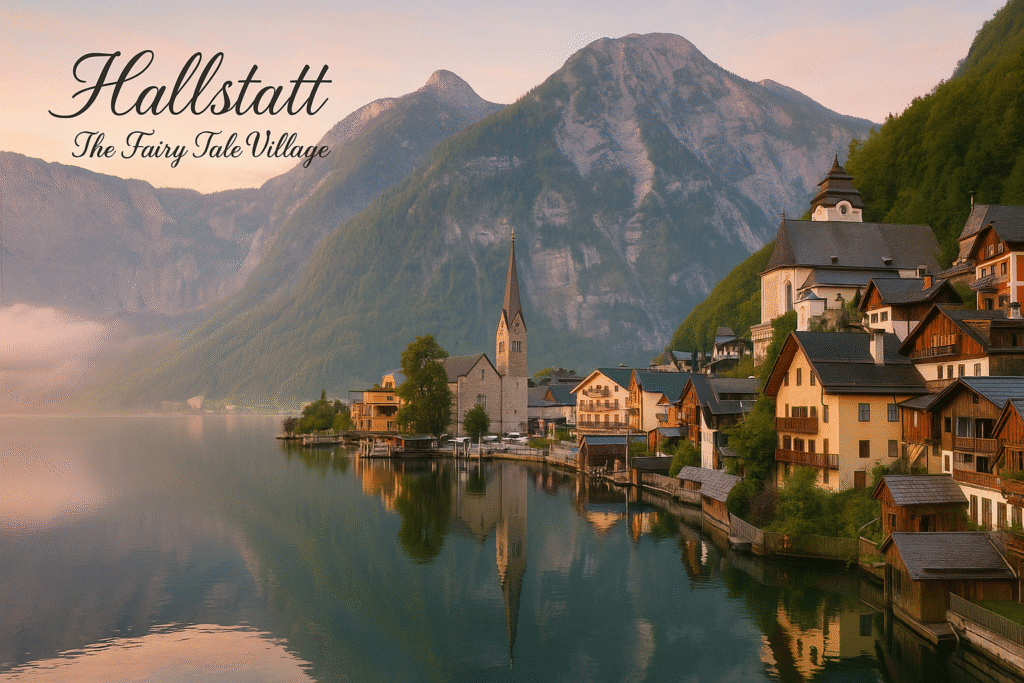
Popular Tourist Attractions
Vienna Attractions
- The former imperial summer residence, Schönbrunn Palace
- Hofburg Palace: Museums and the presidential residence
- Vienna’s Gothic landmark is St. Stephen’s Cathedral.
Salzkammergut & Hallstatt
- UNESCO World Heritage sites, historic villages, and alpine lakes
- Hallstatt: An idyllic town with historic salt mines
Wachau Valley
- Mediaeval towns along the Danube and a famous wine-growing region
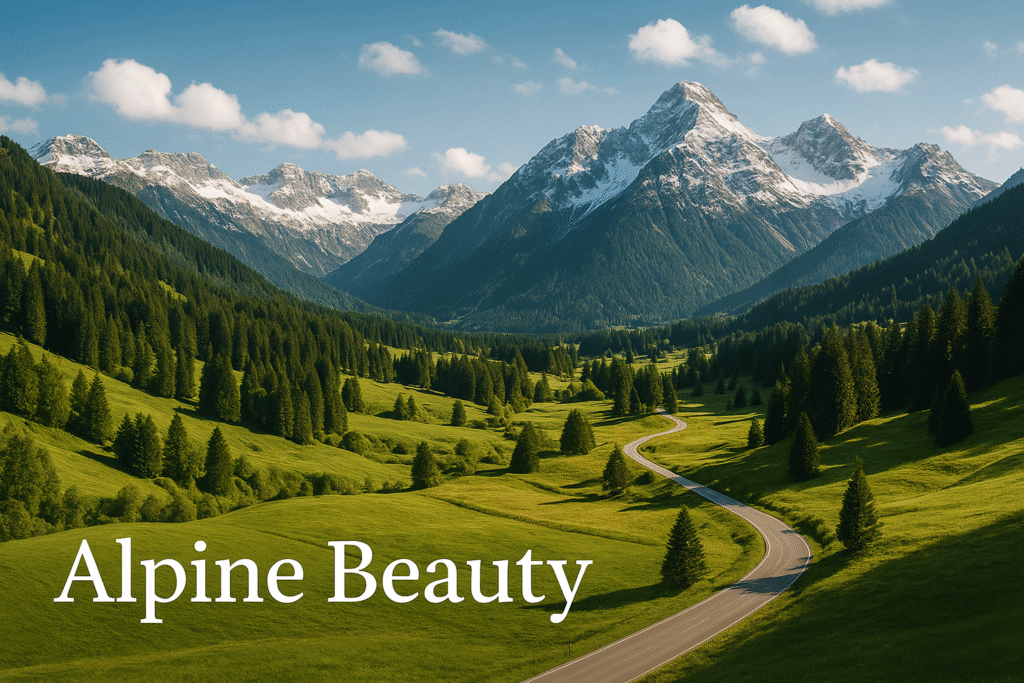
Zell am See & Kitzbühel
- Top-notch ski areas and breathtaking alpine scenery
Melk Abbey
- A masterpiece of baroque architecture situated above the Danube River
Grossglockner High Alpine Road
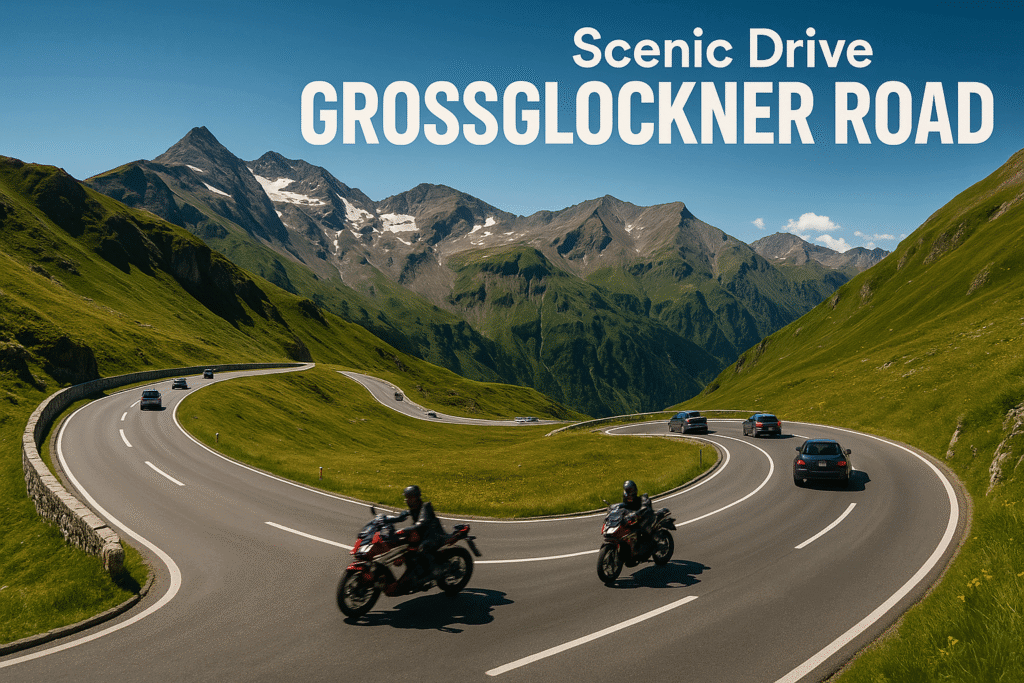
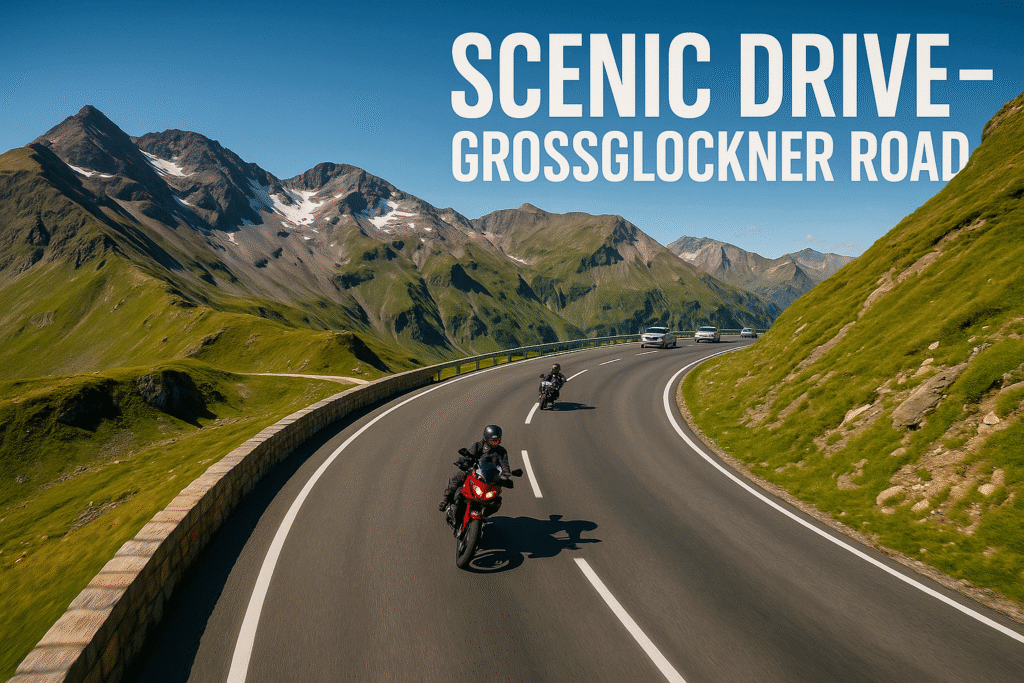
- A scenic drive through the highest mountain regions of Austria
Krimml Waterfalls
- Austria’s tallest waterfalls are among the highest in Europe.
Austria in Global Affairs
- Since: December 14, 1955, UN Member
- hosts a number of international organisations in Vienna, such as the UN, IAEA, and OPEC.
- Participant in:
- The European Union
- Area of Schengen
- Organisation for World Trade (WTO)
- European Organisation for Security and Cooperation (OSCE)
- The Organisation for Economic Cooperation and Development (OECD)
Unique and Fascinating Facts
- Austria is regularly ranked in the top ten most livable nations.
- Vienna has repeatedly been rated as having the highest quality of life in the world.
- The world’s oldest zoo, Tiergarten Schönbrunn, opened its doors in 1752.
- Compared to most other countries, Austria boasts a higher number of Nobel Prize winners per capita.
- The nation boasts 22,000 km of hiking trails and more than 300 ski resorts.
- An Austrian businessman founded Red Bull.
Summary
Austria is a country that harmoniously combines old-world charm and modern vitality; it is more than just Mozart, mountains, and museums. As Europe’s cultural centre, it provides tourists with breathtaking scenery, long-standing customs, and an unparalleled standard of living. Austria offers a journey through the heart of Europe that will never be forgotten, from the imperial boulevards of Vienna to the snow-capped Alps and the tranquil lakeside town of Hallstatt.
Come. Explore. Discover Austria.
🔗 Official Tourism and Travel Resources
- 🇦🇹 Austria’s Official Travel Portal
https://www.austria.info
(For travel guides, events, city highlights, accommodations, etc.) - 🏔️ Austrian National Tourist Office (ANTB)
https://www.austriatourism.com - 🚄 ÖBB – Austrian Federal Railways (For transport bookings)
https://www.oebb.at/en - ✈️ Vienna International Airport
https://www.viennaairport.com
📜 Government and Education Resources
- 🏛️ Federal Government of Austria
https://www.oesterreich.gv.at - 📚 Study in Austria (For students and scholars)
https://studyinaustria.at - 🎓 University of Vienna
https://www.univie.ac.at
🌍 Environment and Natural Wonders
- 🏞️ Austrian Alpine Club (For hiking, maps, weather)
https://www.alpenverein.at - 🐾 National Parks Austria
https://www.nationalparksaustria.at - 🌿 Austrian Environment Agency
https://www.umweltbundesamt.at
🐾 Culture, Arts, and Heritage
- 🎭 Vienna State Opera
https://www.wiener-staatsoper.at - 🖼️ Kunsthistorisches Museum Vienna
https://www.khm.at - 🎶 Mozarteum Salzburg
https://www.moz.ac.at
🛂 Travel & Safety Information
- 🧳 Entry Requirements & Visa Info
https://www.bmeia.gv.at/en/travel-stay/entry-and-residence-in-austria/ - 🛟 Austria Travel Advisory (U.S. Government)
https://travel.state.gov



